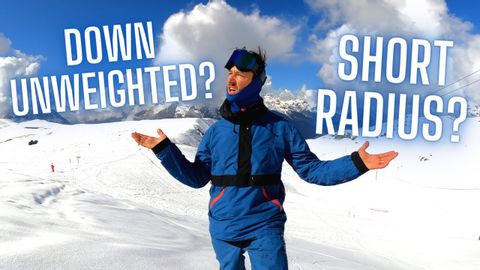どんなコンディションでどんなターンタイプを? (スノーボードのコツ) (WHAT TURN TYPE FOR WHAT CONDITIONS??? (snowboarding tips))
niniba が 2024 年 08 月 30 日 に投稿  この条件に一致する単語はありません
この条件に一致する単語はありませんUS /ɪˈsenʃəli/
・
UK /ɪˈsenʃəli/
US /tɛkˈnik/
・
UK /tekˈni:k/
- n. (c./u.)技術 : 技巧 : テクニック;技能;技法
エネルギーを使用
すべての単語を解除
発音・解説・フィルター機能を解除
